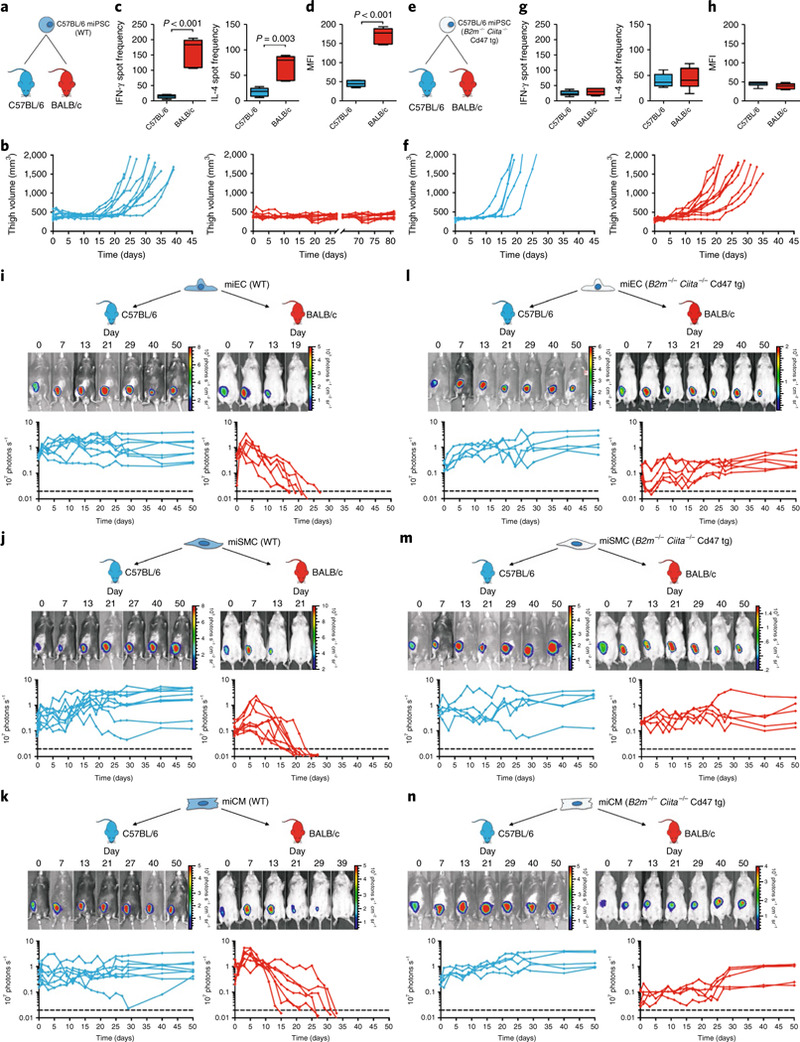Fig. 1 |. Survival of miPSCs and miPSC derivatives.

a, WT C57BL/6 miPSCs were injected into the thigh muscle of syngeneic C57BL/6 or allogeneic BALB/c mice. b, Teratoma formation was observed by measuring the thigh muscle (n = 10 per group). c, IFN-γ and IL-4 enzyme-linked immunospots (Elispots) with splenocytes recovered 5 days after the transplantation (box 25th to 75th percentile with median, whiskers min–max, five animals per group, two-tailed Student’s t-test). d, Mean fluorescence imaging (MFI) of IgM binding to WT miPSCs incubated with recipient serum after 5 days (box 25th to 75th percentile with median, whiskers min–max, six animals per group, two-tailed Student’s t-test). e, B2m−/−Ciita−/− Cd47 tg C57BL/6 miPSCs were transplanted into syngeneic C57BL/6 or allogeneic BALB/c recipients. f, Thigh volume C57BL/6 (n = 5) and BALB/c (n = 11) animals. The overall percentage of cell grafts that survived and formed teratomas in BALB/c was 100%. g, IFN-γ and IL-4 Elispots with splenocytes recovered 5 days after the transplantation and B2m−/−Ciita−/− Cd47 tg miPSCs stimulator cells (box 25th to 75th percentile with median, whiskers min–max, n = 6 per group, two-tailed Student’s t-test). h, MFI of IgM binding to B2m−/−Ciita−/− Cd47 tg miPSCs incubated with recipient serum after 5 days (box 25th to 75th percentile with median, whiskers min–max, six animals per group, two-tailed Student’s t-test). i–n, Grafts of Fluc+ C57BL/6 miPSC derivatives in C57BL/6 or BALB/c recipients were longitudinally followed by bioluminescent imaging (BLI). One representative animal is depicted per group and the BLI values of all animals are plotted. All WT miPSC-derived miECs (i, eight animals in C57BL/6 and six animals in BALB/c), miSMCs (j, nine animals in C57BL/6 and eight animals in BALB/c) and miCMs (k, eight animals in C57BL/6 and seven animals in BALB/c) showed long-term survival in syngeneic C57BL/6 recipients but were rejected in allogeneic BALB/c animals. In contrast, all B2m−/−Ciita−/− Cd47 tg miPSC-derived miECs (l, five animals in C57BL/6 and six animals in BALB/c), miSMCs (m, five animals in C57BL/6 and five animals in BALB/c) and miCMs (n, five animals in C57BL/6 and five animals in BALB/c) showed long-term survival in both syngeneic C57BL/6 and allogeneic BALB/c recipients.
